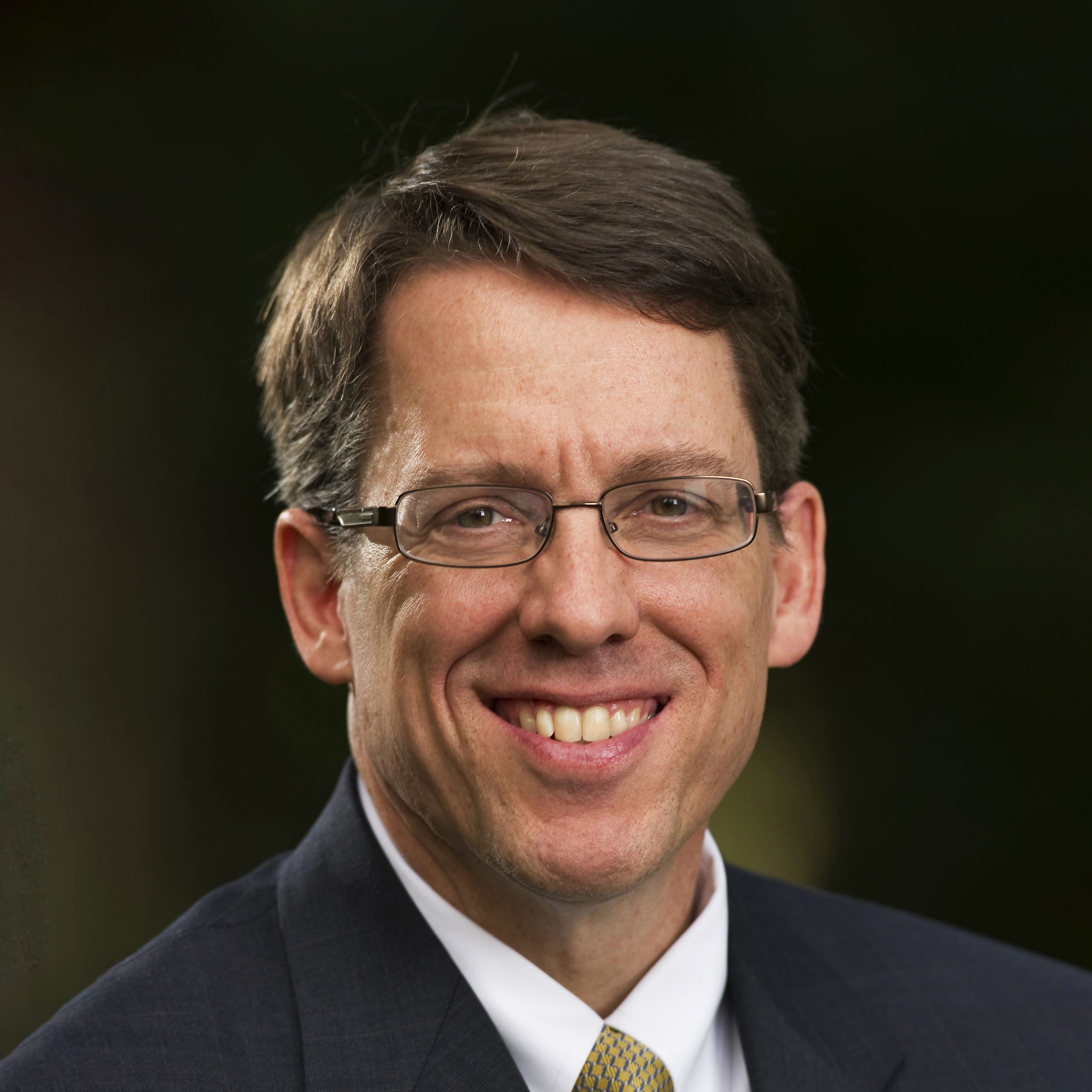Top Ten Mission Trends in the 21st Century: How Missionaries Are Sent Out Today Is Dramatically Changing
June 30th, 20109. HOW MISSIONARIES ARE SENT OUT TODAY IS DRAMATICALLY CHANGING.

When we think about missionary support, many of us think about a denominational effort which sponsors and supports missionaries who are working in various parts of the world. For example, many denominations participate in a centralized support structure whereby the denomination collects money which, in turn, is used to support the denominational missionaries on the field. For example, the Southern Baptists support their missionaries through the Lottie Moon offering taken up every December. Likewise, the Christian and Missionary Alliance support their missionaries through the Great Commission fund. Many such examples could be given. Indeed, this continues to be an important and vital structure which effectively sends out and supports missionaries around the world. However, for the last hundred years there has been a dramatic rise of what is sometimes called “faith” missionaries. This refers to missionaries who raise their own support through direct appeals to churches and friends who, in turn, partner with an organization which often does not belong to a particular denomination.[1] Mission organizations like Wycliffe Bible Translators, Frontiers, SIM (Society of International Missionaries) or OMF (Overseas Missionary Fellowship) are providing an increasingly growing proportion of the missionary force.
In addition to the traditional denomination support and the growth of the many “faith” mission boards, there is also an increasing number of missionaries going out as professionals who support themselves through their own occupational employment. This is known as ‘tentmaking’, so named after the Apostle Paul’s determination at a certain point in his ministry to not take support from the Corinthian church, but to support himself through his trade, which was tentmaking. By extension, any secular occupation whereby one supports themselves in a strategic location for missionary purposes is known as ‘tentmaking.’ Many countries which have restricted missionary presence are being served through Christians who have re-located to those countries and work in a wide array of fields for strategic purposes. In the 19th century the dominant ‘tentmaking’ professions were either physicians or nurses providing medical care whereas today one is more likely to meet someone who is an English teacher or who is utilizing their technological expertise in some strategic part of the world. Nevertheless, this is an important avenue through which many missionaries are being effectively placed around the world.
Church’s today need to be aware of these shifts and realize that the global missionary effort is being extended from a wide range of initiatives including the local church, denominations, para-church organizations, professionals and by a whole range of efforts by indigenous churches throughout the world.
[1] One of the best documentations of the growth of faith missions can be found in Kalus Fiedler’s The Story of Faith Missions: From Hudson Taylor to Present Day Africa (Oxford: Regnum Books International, 1994).
Feedback
Please fill out the form below if you would like to provide feedback to Dr. Tennent concerning this blog entry.


